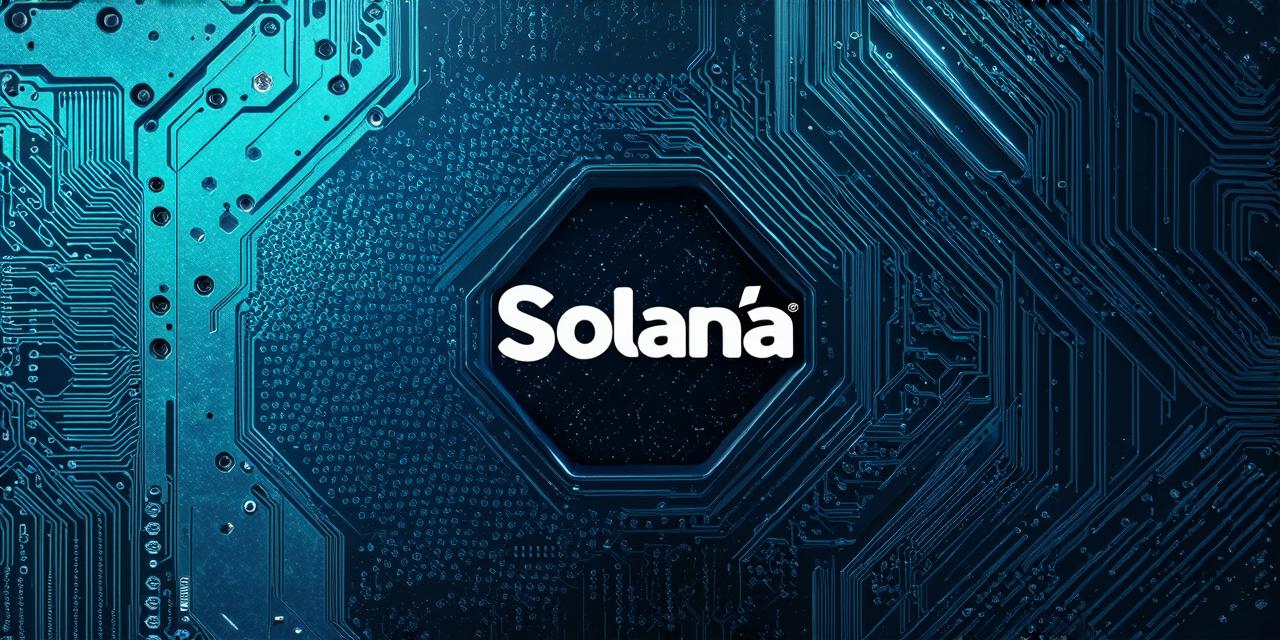Solana is a highly scalable and efficient blockchain that has gained significant traction in recent years. It has been designed to cater to the needs of developers who are looking for a fast and reliable platform for building decentralized applications (dApps). In this article, we will explore the key features and benefits of Solana, as well as some real-life examples of how it has been used. We will also provide an analysis of its current performance and compare it with other blockchain platforms.
Key Features of Solana:
One of the primary advantages of Solana is its speed. It can process over 65,000 transactions per second (TPS), which is significantly higher than many other blockchains. This makes it an ideal platform for building high-performance dApps that require fast transaction processing.
Another key feature of Solana is its ability to scale horizontally. This means that it can handle an increasing number of users and transactions without compromising on performance. This is achieved through the use of a proof-of-stake consensus algorithm, which allows for faster and more efficient processing of transactions.
Solana also offers a number of other features that make it an attractive platform for developers. These include:
- Smart contract support: Solana supports smart contracts, which are self-executing programs that can be used to automate a wide range of tasks on the blockchain.
- Decentralized storage: Solana uses IPFS (InterPlanetary File System) for decentralized storage, which allows for faster and more efficient data retrieval.
- Flexible token standards: Solana supports a variety of token standards, including ERC-20, SPL, and others, making it easy to build dApps that can integrate with existing ecosystems.
Real-Life Examples of Solana in Action:
Solana has already been used in a number of real-life examples to build dApps that are designed to take advantage of its key features. These include:
- Serum: Serum is a decentralized exchange (DEX) built on the Solana blockchain. It was designed to provide fast and efficient trading for users, and it has already been integrated with other platforms such as FTX and BitMart.
- Decentraland: Decentraland is a virtual reality platform that uses Solana to enable seamless and secure transactions between users. It has already attracted over 500,000 unique visitors and is constantly evolving to provide new experiences for users.
- Gnosis Safe: Gnosis Safe is a decentralized wallet built on the Solana blockchain. It offers a number of advanced features such as multi-sig wallets, which require multiple signatures before transactions can be executed.
Performance Analysis:
In terms of performance, Solana has already demonstrated its capabilities in several key areas. As mentioned earlier, it can process over 65,000 TPS, which is significantly higher than many other blockchains. It also offers a number of other performance metrics that make it an attractive platform for building dApps, including:
- Low gas fees: Solana has relatively low gas fees, which makes it easier and more affordable for users to interact with the network.
- Fast confirmation times: Transactions on the Solana blockchain are confirmed in just a few seconds, making it an ideal platform for high-speed applications.
- High throughput: In addition to its high TPS, Solana also offers high throughput, which allows for large volumes of data to be processed quickly and efficiently.

Comparison with Other Blockchains:
When compared to other blockchain platforms, Solana stands out for its speed and scalability. While there are other platforms that offer similar features, such as Ethereum, Solana is designed specifically for high-performance dApps. This makes it an attractive platform for developers who are looking for a fast and reliable platform that can handle large volumes of transactions without compromising on performance.
